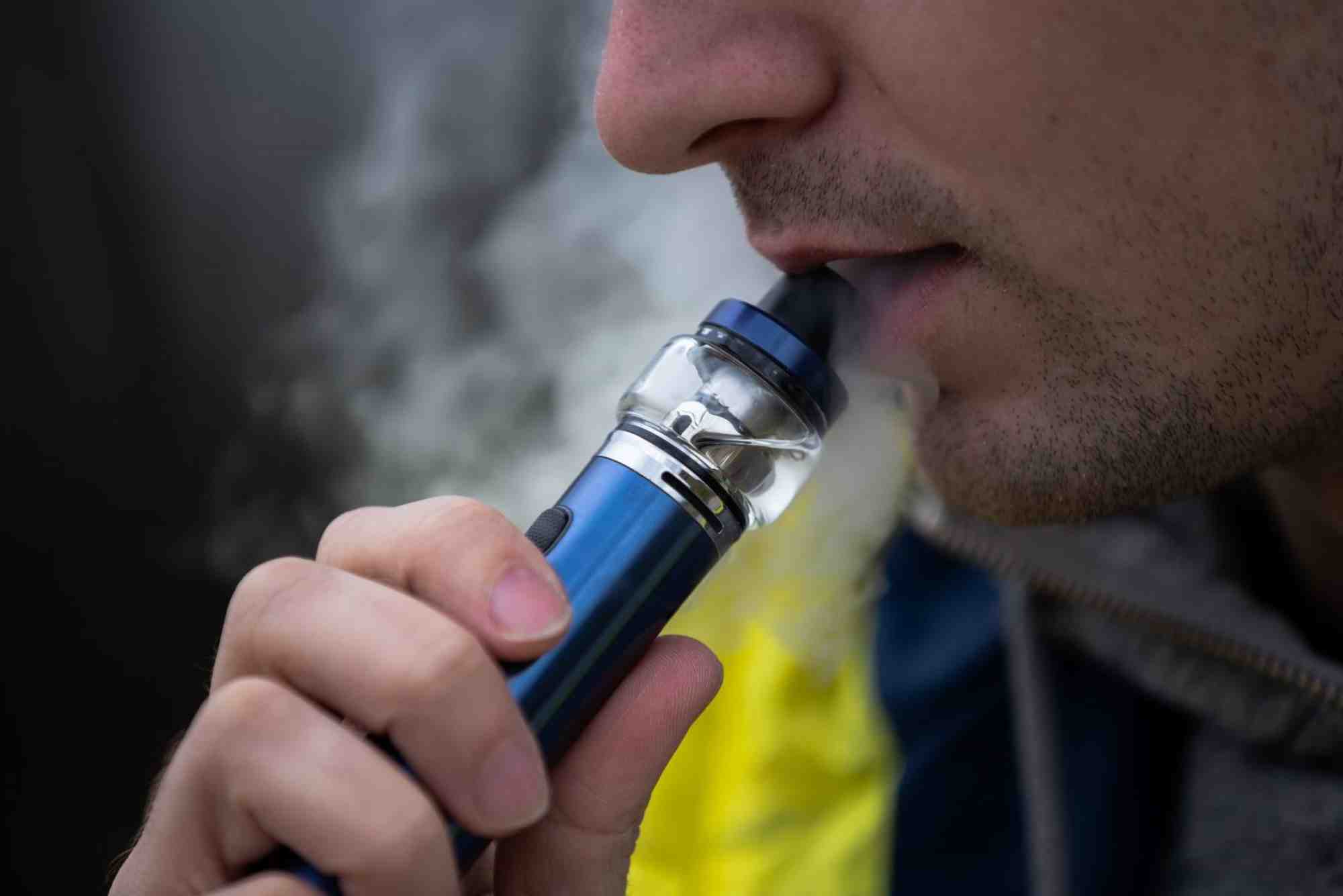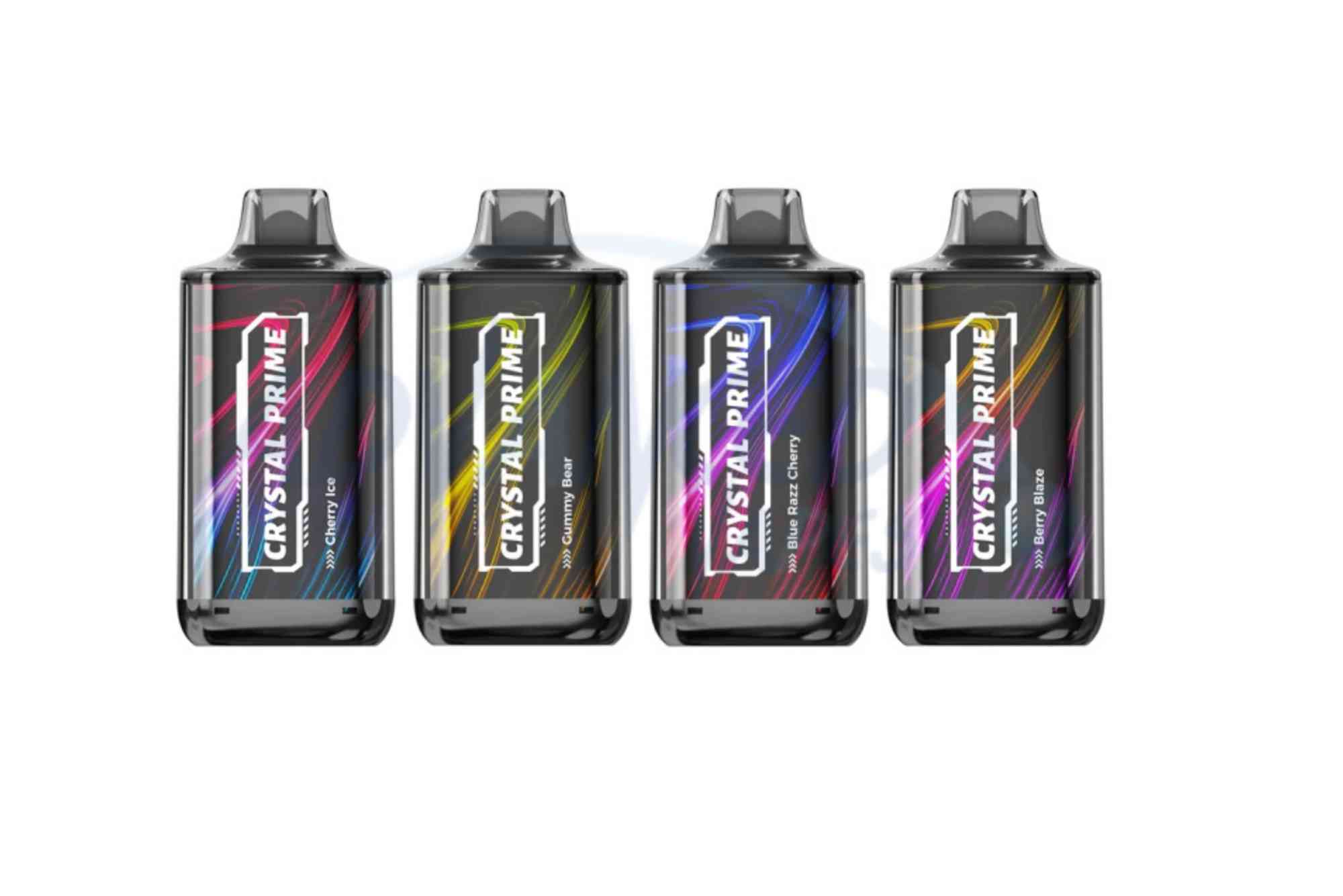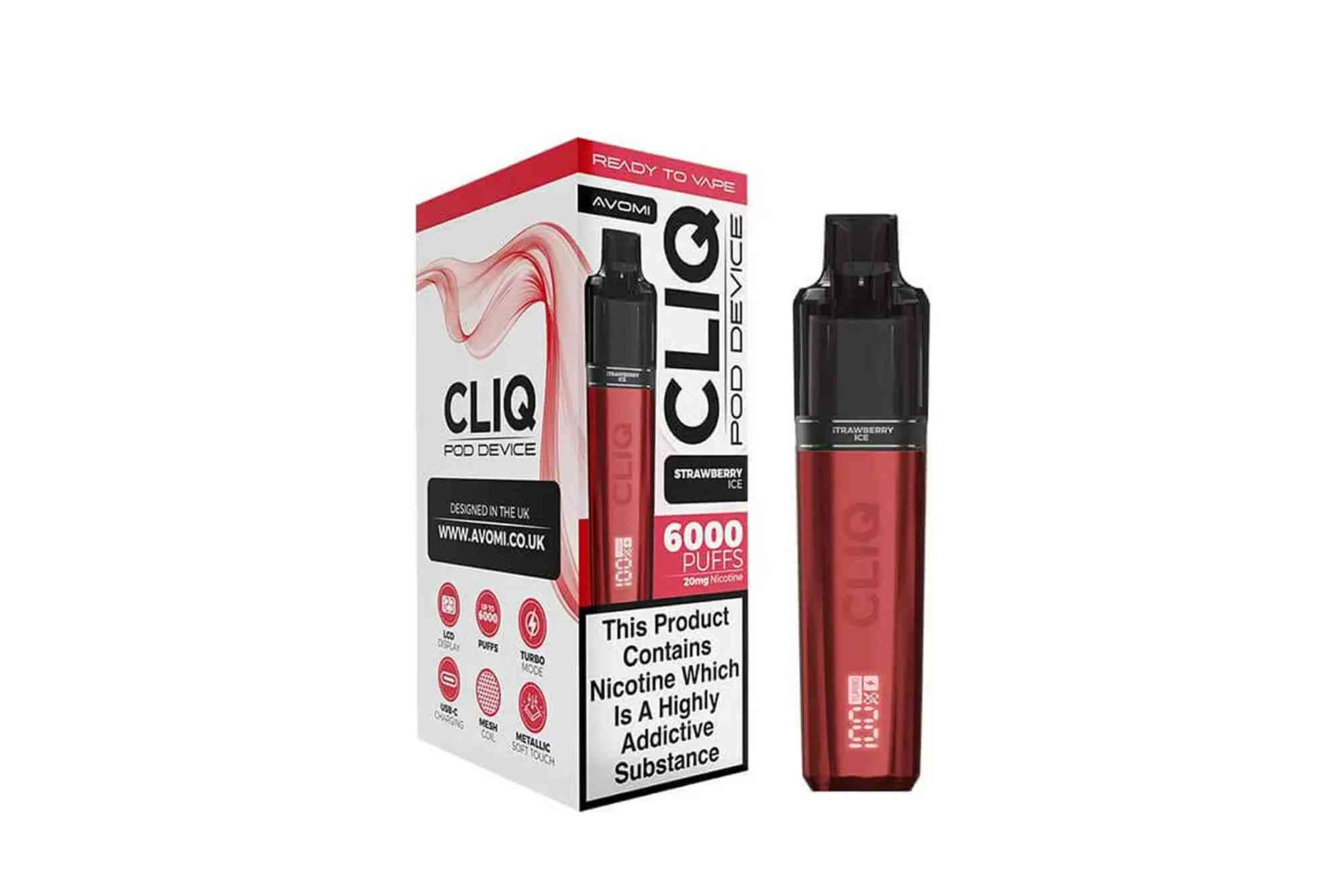Vaping for Absolute Beginners: What You Should Know
If you’re new to the world of vaping, stepping into it can feel overwhelming. Terms like “mods,” “e-liquids,” and “coil resistance” might sound confusing. But don’t worry — vaping for beginners doesn’t have to be complicated. This guide will walk you through everything you need to know to get started confidently, safely, and enjoyably.
Vaping has become a popular alternative to smoking, with millions switching for health reasons, flavor enjoyment, or social aspects. Whether you’re considering vaping as a way to quit smoking or just curious about it, understanding the basics is crucial before you take your first puff.
What Is Vaping?
Vaping involves inhaling vapor created by heating a liquid, often called e-liquid or vape juice. Unlike traditional cigarettes, vaping doesn’t burn tobacco. Instead, a device heats the liquid, turning it into vapor. This vapor usually contains nicotine, flavorings, and other ingredients, but it lacks many harmful chemicals found in cigarette smoke.
Many beginners appreciate that vaping can offer similar sensations to smoking without the ash, smell, or tar. However, it’s essential to use quality devices and liquids and understand the mechanics and safety measures before starting.
Basic Components of a Vape
Before buying your first vape, it helps to know what makes up a typical vaping device. Most vapes consist of three main parts:
- Battery: The power source that heats the coil.
- Tank or Pod: The container that holds the e-liquid.
- Coil: The heating element that vaporizes the e-liquid.
Each component works together to produce vapor. Batteries come in various sizes and capacities, affecting how long your vape lasts. Tanks or pods vary by size and refilling method. Coils need replacement after regular use since they wear out.
Different Types of Vaping Devices
For beginners, choosing the right device is critical. Here are the most common types you’ll encounter:
Cigalikes: These resemble traditional cigarettes and are very beginner-friendly. They’re usually disposable or come with small cartridges. Cigalikes have limited battery life but are easy to use.
Vape Pens: These are slightly larger, pen-shaped devices with refillable tanks. Vape pens offer more power and longer battery life than cigalikes but are still simple to operate.
Pod Systems: Compact and sleek, pods use replaceable or refillable pods filled with e-liquid. They often feature automatic sensors to activate the coil when you inhale.
Mods: These are larger, customizable devices for advanced users. Mods allow you to adjust settings like wattage and temperature. They provide a more tailored vaping experience but are not recommended for beginners.
As a beginner, starting with a vape pen or pod system is usually the best choice. They balance ease of use with decent battery life and vapor production.
Choosing Your First E-Liquid
E-liquids come in thousands of flavors and nicotine strengths. Picking the right one is a major part of vaping for beginners.
Nicotine Levels: If you’re switching from smoking, choosing a nicotine strength close to what you’re used to helps with cravings. Common nicotine strengths range from 0mg (nicotine-free) up to 18mg or more. High strengths deliver more nicotine per puff, while lower ones give a lighter hit.
Flavor Variety: From classic tobacco and menthol to fruity, dessert, or beverage-inspired flavors, there’s something for every taste. Beginners might want to try simple flavors first to avoid overwhelming the palate.
PG vs. VG: E-liquids have two primary base ingredients — Propylene Glycol (PG) and Vegetable Glycerin (VG). PG offers stronger throat hits and better flavor, while VG creates thicker vapor. Many liquids mix the two to balance flavor and vapor.
It’s smart to buy smaller bottles or sample packs at first. That way, you can discover what suits your preferences without wasting money.
How to Use Your Vape Device
Once you have your vape kit and e-liquid, here’s how to get started:
First, charge your device fully. Most come with USB chargers. Next, if your device has a tank, fill it with e-liquid carefully — avoid overfilling, which can cause leaks. Let the coil soak for a few minutes to prevent burning the wick.
Turn on the device, usually by clicking the power button five times rapidly. Take slow, steady inhales from the mouthpiece. Don’t inhale too forcefully, as this may cause coughing. Exhale the vapor smoothly. Practice a few times to get comfortable with the sensation and airflow. Remember that vaping feels different from smoking; it’s less harsh on your throat and more aromatic.
Common Beginner Mistakes to Avoid
Starting vaping can come with some trial and error. Here are mistakes to watch out for:
- Using High Wattage with New Coils: New coils need to be broken in with lower wattage. Using high power right away burns the coil and ruins flavor.
- Overfilling the Tank: This causes leaking and mess. Fill only up to the recommended level.
- Inhaling Too Hard or Too Fast: It can irritate your throat. Take gentle puffs.
- Ignoring Device Maintenance: Clean your tank and replace coils regularly to keep good performance.
- Choosing Too Strong Nicotine: This leads to coughing or headaches. Start with medium levels and adjust.
By being mindful, you’ll have a smoother, more enjoyable vaping experience.
Is Vaping Safe for Beginners?
Vaping is generally considered safer than smoking traditional cigarettes, primarily because it eliminates combustion and many harmful chemicals. However, vaping is not entirely risk-free, especially for non-smokers or young people.
If you’re a smoker looking to switch, vaping can help reduce exposure to toxins. But it’s crucial to buy products from reputable brands, avoid homemade or unregulated liquids, and stay informed on health updates.
Beginners should avoid vaping if they have certain health conditions or are pregnant. Consulting with a healthcare professional before starting is always wise.
Tips for a Positive Vaping Experience
To get the most out of vaping, keep these tips in mind:
- Start Slow: Give your body time to adjust to vaping instead of trying to replace smoking all at once.
- Stay Hydrated: Vaping can cause mild dehydration or dry mouth.
- Experiment Gradually: Try different flavors and nicotine levels, but don’t change too many variables at once.
- Join Communities: Online forums and local vape shops offer support and advice.
- Keep Your Device Clean: Regular cleaning improves taste and device longevity.
Approach vaping as a journey rather than a quick fix. It takes time to find what works best for you.
Vape Terminology
New vapers often get lost in jargon. Here are some key terms you’ll hear often:
- Throat Hit: The sensation felt in your throat when inhaling, similar to smoking.
- Cloud Chasing: Producing large vapor clouds, mostly for hobbyists.
- MTL (Mouth to Lung): Inhaling vapor into the mouth first, then the lungs. Preferred by many beginners.
- DTL (Direct to Lung): Inhaling vapor directly into the lungs, common with advanced devices.
- Sub-ohm: Using coils with resistance below 1 ohm, producing more vapor.
- Battery Life: How long your vape device runs before recharging.
Familiarizing yourself with these terms helps you make better choices and understand advice.
When to Replace Your Coil or Pod
Coils and pods are consumables that wear out. Signs you need to replace them include:
- A burnt or unpleasant taste.
- Noticeably reduced vapor production.
- Gurgling or leaking sounds.
- Darkened or burnt e-liquid residue.
Replacing coils regularly — usually every 1 to 2 weeks depending on use — ensures better flavor and avoids damage to your device.
Is Vaping Right for You?
Before diving into vaping, ask yourself why you want to start. If it’s to quit smoking, vaping can be a useful harm reduction tool. If you’re seeking flavors or social experiences, it can be enjoyable too.
However, if you don’t smoke, starting vaping isn’t recommended. Nicotine is addictive, and while vaping is safer than smoking, it still carries risks. If you do decide to try vaping, arm yourself with knowledge, start with beginner-friendly devices, and keep safety a priority.
Take the First Step Confidently
Vaping for beginners is a journey of discovery. By understanding the basics, choosing the right equipment, and learning safe habits, you can enjoy vaping without frustration or risk. Remember, every vaper started where you are now — curious and eager to learn.
If you’re ready to take your first step, explore starter kits from trusted brands. Visit a local vape shop or reliable online store to ask questions and get recommendations tailored to your needs. Start slow, stay informed, and most importantly, enjoy the experience. Your vaping journey begins now!
FAQs
Is vaping safe for beginners?
Vaping is generally safer than smoking cigarettes but is not risk-free. Beginners should use regulated products and avoid vaping if pregnant or having certain health issues.
How do I choose the right nicotine strength?
Match your current smoking habits. Light smokers can start with low nicotine (3-6mg), heavy smokers may need 12-18mg. Adjust as needed to avoid coughing or headaches.
Can vaping help me quit smoking?
Many people use vaping as a quitting aid since it mimics the act of smoking while reducing harmful chemicals. Consult healthcare providers for personalized advice.
How often should I replace my coil?
Coils typically last 1-2 weeks depending on use. Replace when you notice burnt taste, less vapor, or leaking.
What is the best vape device for beginners?
Pod systems and vape pens are easiest for beginners. They offer simple operation, portability, and decent vapor production.





